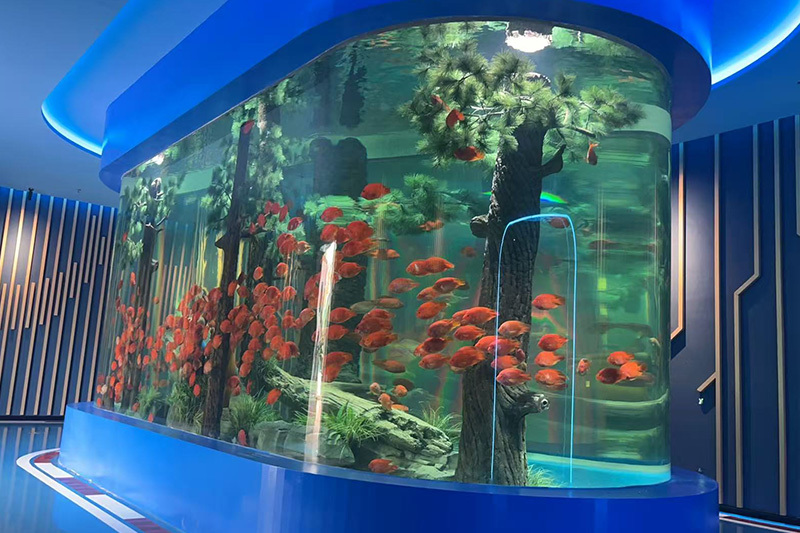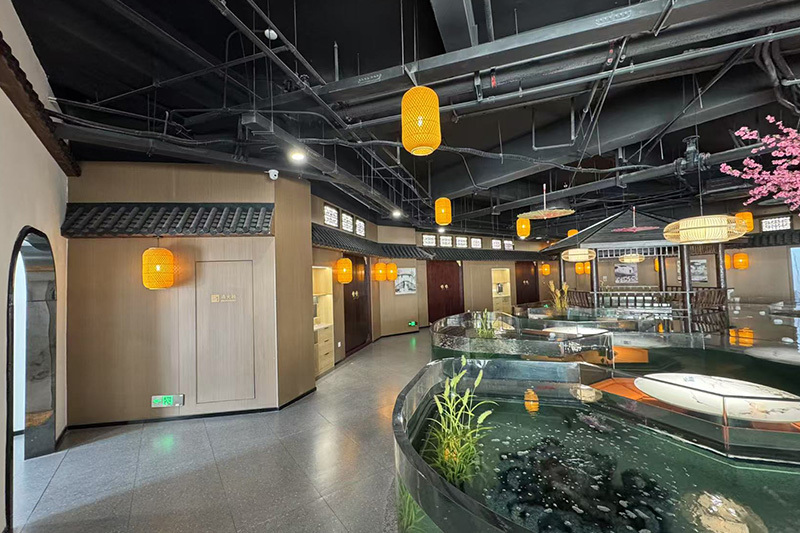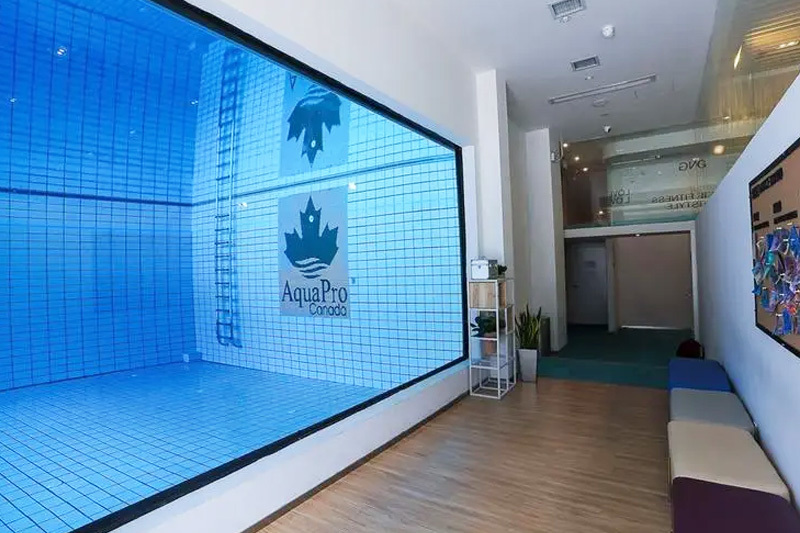
Exploring the Versatility of Acrylic Channel Boards in the Chemical Industry
Acrylic channel boards are innovative plastic products made from polymethyl methacrylate (PMMA), commonly known as acrylic. These boards are renowned for their clarity, toughness, and UV resistance, making them an excellent choice for a wide range of applications. Unlike traditional glass, acrylic channel boards are lighter, shatter-resistant, and can be easily fabricated to meet specific needs. T
Release time:
2025-10-17
Acrylic channel boards are innovative plastic products made from polymethyl methacrylate (PMMA), commonly known as acrylic. These boards are renowned for their clarity, toughness, and UV resistance, making them an excellent choice for a wide range of applications. Unlike traditional glass, acrylic channel boards are lighter, shatter-resistant, and can be easily fabricated to meet specific needs. This unique combination of properties makes them particularly beneficial in the chemical industry, where durability and safety are paramount.
One of the primary advantages of acrylic channel boards is their excellent optical clarity. With a light transmission rate of over 92%, they allow for bright and unobstructed visibility. This feature is especially valuable for applications that require monitoring of chemical reactions or processes, ensuring that operators can keep a close eye on developments without the need for bulky protective barriers.
In addition to their visual appeal, acrylic channel boards boast significant chemical resistance, making them suitable for environments where exposure to various substances is a concern. While they may not be compatible with all chemicals, their resistance to many acids and bases makes them a reliable option for specific applications. Understanding the compatibility chart for acrylic with different chemicals is crucial when planning projects to ensure safety and longevity.
Another notable benefit of acrylic channel boards is their ease of fabrication. They can be easily cut, drilled, and shaped using standard tools, allowing for customization to fit specific project requirements. This flexibility enables manufacturers and designers to create tailored solutions that meet their unique operational needs, enhancing productivity and efficiency.
Moreover, acrylic channel boards can be manufactured in various thicknesses, colors, and finishes, allowing for aesthetic customization as well. This adaptability makes them a popular choice for both functional and decorative applications. For instance, they can be used in creating displays, partitions, and protective barriers in laboratories and industrial settings.
When considering acrylic channel boards, it is essential to evaluate their thermal properties. While they can withstand moderate temperatures, they may not be suitable for high-heat environments. Understanding the limitations and working within those parameters is crucial to maximize performance and safety.
In conclusion, acrylic channel boards present a multitude of advantages for the chemical industry, offering durability, clarity, and versatility. Their unique properties make them an appealing choice for various applications, from protective barriers to custom displays. By understanding their characteristics and limitations, businesses can effectively incorporate acrylic channel boards into their operations, enhancing both functionality and safety.
One of the primary advantages of acrylic channel boards is their excellent optical clarity. With a light transmission rate of over 92%, they allow for bright and unobstructed visibility. This feature is especially valuable for applications that require monitoring of chemical reactions or processes, ensuring that operators can keep a close eye on developments without the need for bulky protective barriers.
In addition to their visual appeal, acrylic channel boards boast significant chemical resistance, making them suitable for environments where exposure to various substances is a concern. While they may not be compatible with all chemicals, their resistance to many acids and bases makes them a reliable option for specific applications. Understanding the compatibility chart for acrylic with different chemicals is crucial when planning projects to ensure safety and longevity.
Another notable benefit of acrylic channel boards is their ease of fabrication. They can be easily cut, drilled, and shaped using standard tools, allowing for customization to fit specific project requirements. This flexibility enables manufacturers and designers to create tailored solutions that meet their unique operational needs, enhancing productivity and efficiency.
Moreover, acrylic channel boards can be manufactured in various thicknesses, colors, and finishes, allowing for aesthetic customization as well. This adaptability makes them a popular choice for both functional and decorative applications. For instance, they can be used in creating displays, partitions, and protective barriers in laboratories and industrial settings.
When considering acrylic channel boards, it is essential to evaluate their thermal properties. While they can withstand moderate temperatures, they may not be suitable for high-heat environments. Understanding the limitations and working within those parameters is crucial to maximize performance and safety.
In conclusion, acrylic channel boards present a multitude of advantages for the chemical industry, offering durability, clarity, and versatility. Their unique properties make them an appealing choice for various applications, from protective barriers to custom displays. By understanding their characteristics and limitations, businesses can effectively incorporate acrylic channel boards into their operations, enhancing both functionality and safety.
Acrylic channel board
Latest information





